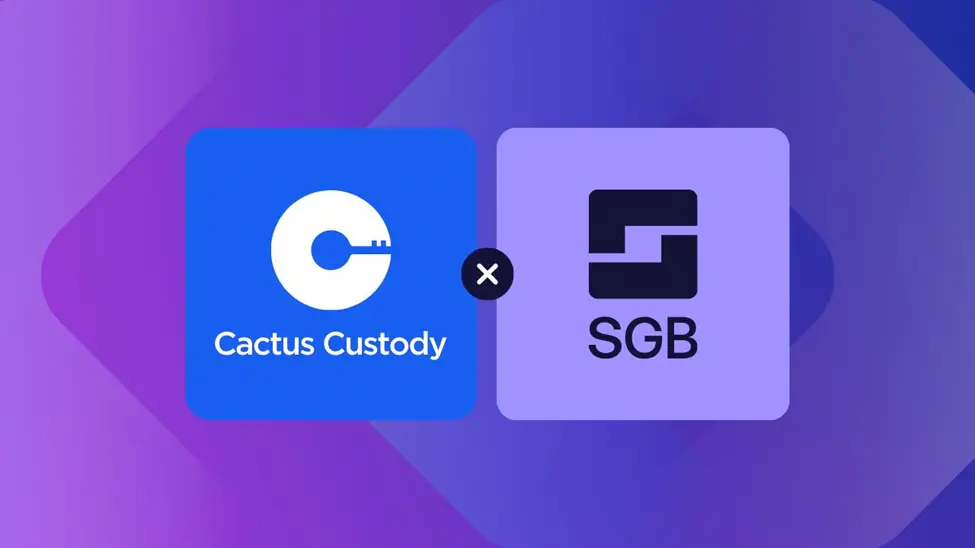CFX Drops 6% After Conflux Network Says DWF Labs Bought $18M of Its Tokens
Conflux token's dour reaction is consistent with the prevailing investor disinterest in alternative cryptocurrencies.

Conflux Network, a permissionless Layer 1 blockchain popularly called the , on Wednesday confirmed more investment from the crypto market maker and Web3 investment firm DWF Labs. Still, the blockchain's native token, CFX, traded in the red, falling over 6% to 21 cents.
The self-proclaimed regulatory complaint blockchain in China, that DWF Labs snapped up $18 million worth of CFX tokens, doubling down on its initial purchase of $10 million in coins in March.
"I am more than happy to increase our CFX holdings and support the guys with everything," Andrei Grachev, head of DWF Labs, said in a tweet, referring to Conflux as a "bright example of how a great team, technology, BD, GR and PR should perform."
DWF's emergence as a large venture capital firm in the crypto industry has been viewed with skepticism, with some alleging the firm functions more like a market maker than a venture firm.
The network, which is focused on Web3 development in Hong Kong and mainland China, has gained notoriety as a high-speed blockchain thanks to its "" consensus algorithm, which allows the network to achieve a high transaction throughput (tps), with a capacity of up to 6,000 transactions.
CFX tokens facilitate cross-chain transfers, can be used to pay transaction fees within the network and can be staked to participate in the consensus protocol.
Conflux's CFX token traded at $0.214 at press time, representing a 7% decline on the day, according to data from TradingView. The cryptocurrency's market capitalization stood at $368.7 million.
The dour reaction is consistent with the somber mood in the broader market. Bitcoin (BTC) is taking a bull breather above $30,000 after past week's 16.5% surge, the biggest since March, per CoinDesk data.
Besides, the outlook for alternative cryptocurrencies (altcoins) has deteriorated since the U.S. Securities and Exchange Commission referred to the likes of ADA, MATIC and others as securities in its recent lawsuits against dominant crypto exchanges Binance and Coinbase.
UPDATE (June 28, 11:36 UTC): Rewrites headline to focus on token move.
Edited by Parikshit Mishra.
Disclaimer: The content of this article solely reflects the author's opinion and does not represent the platform in any capacity. This article is not intended to serve as a reference for making investment decisions.
You may also like
Matrixport’s Cactus Custody partners with Singapore Gulf Bank (SGB) to upgrade compliant fiat custody and 24/7 instant access capabilities
This article reports on the collaboration between Cactus Custody, the compliant digital asset custody institution under Matrixport, and Singapore Gulf Bank (SGB). The partnership aims to provide institutional clients with compliant and efficient fiat custody and instant deposit and withdrawal services to meet the needs of connectivity between digital assets and traditional finance.

VIPBitget VIP Weekly Research Insights
As the crypto market recovers in 2025, Digital Asset Treasury (DAT) firms and protocol token buybacks are drawing increasing attention. DAT refers to public companies accumulating crypto assets as part of their treasury. This model enhances shareholder returns through yield and price appreciation, while avoiding the direct risks of holding crypto. Similar to an ETF but more active, DAT structures can generate additional income via staking or lending, driving NAV growth. Protocol token buybacks, such as those seen with HYPE, LINK, and ENA, use protocol revenues to automatically repurchase and burn tokens. This reduces circulating supply and creates a deflationary effect. Key drivers for upside include institutional capital inflows and potential Fed rate cuts, which would stimulate risk assets. Combined with buyback mechanisms that reinforce value capture, these assets are well-positioned to lead in the next market rebound.


Data: Bitcoin spot ETF saw a net inflow of $741.79 million yesterday
